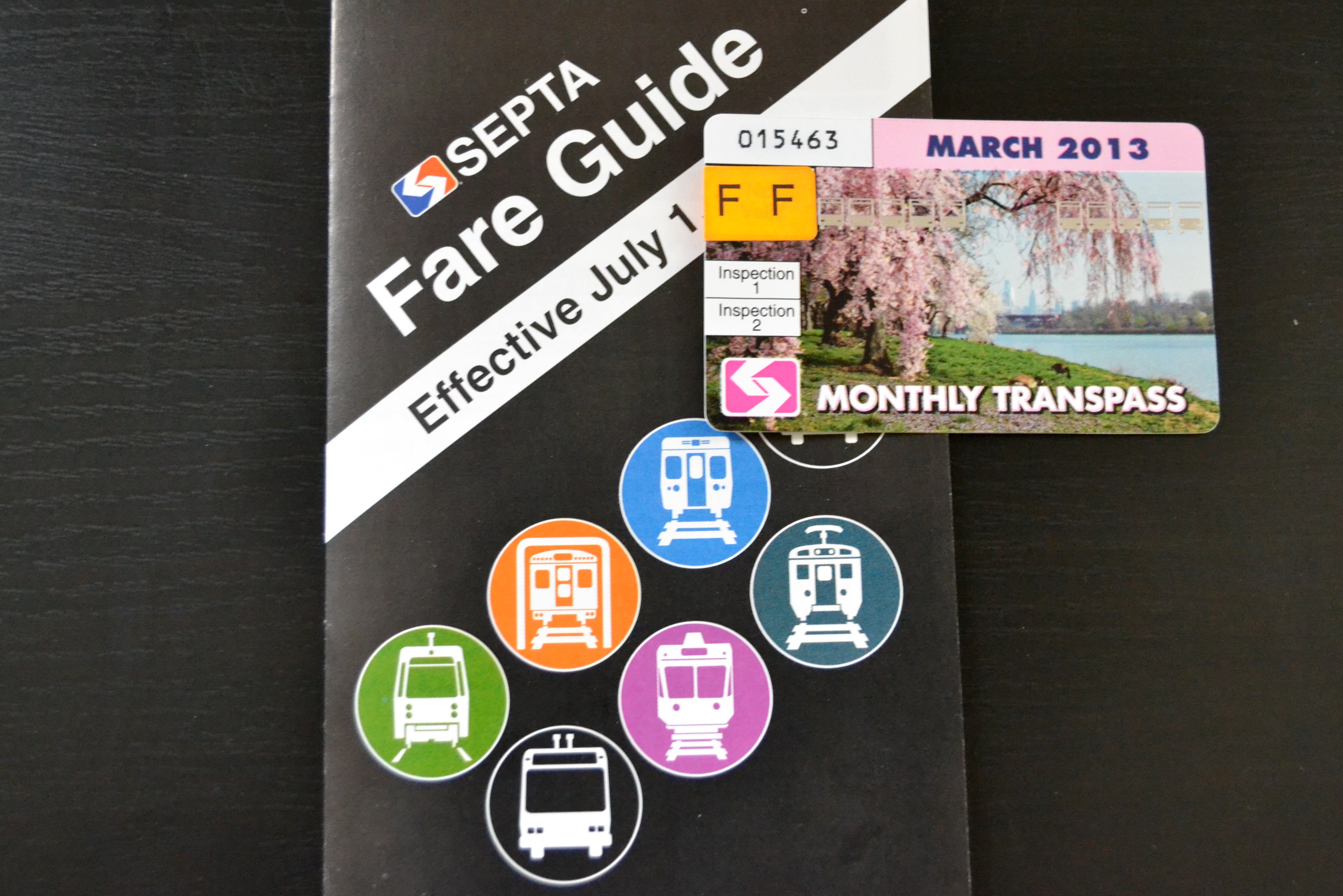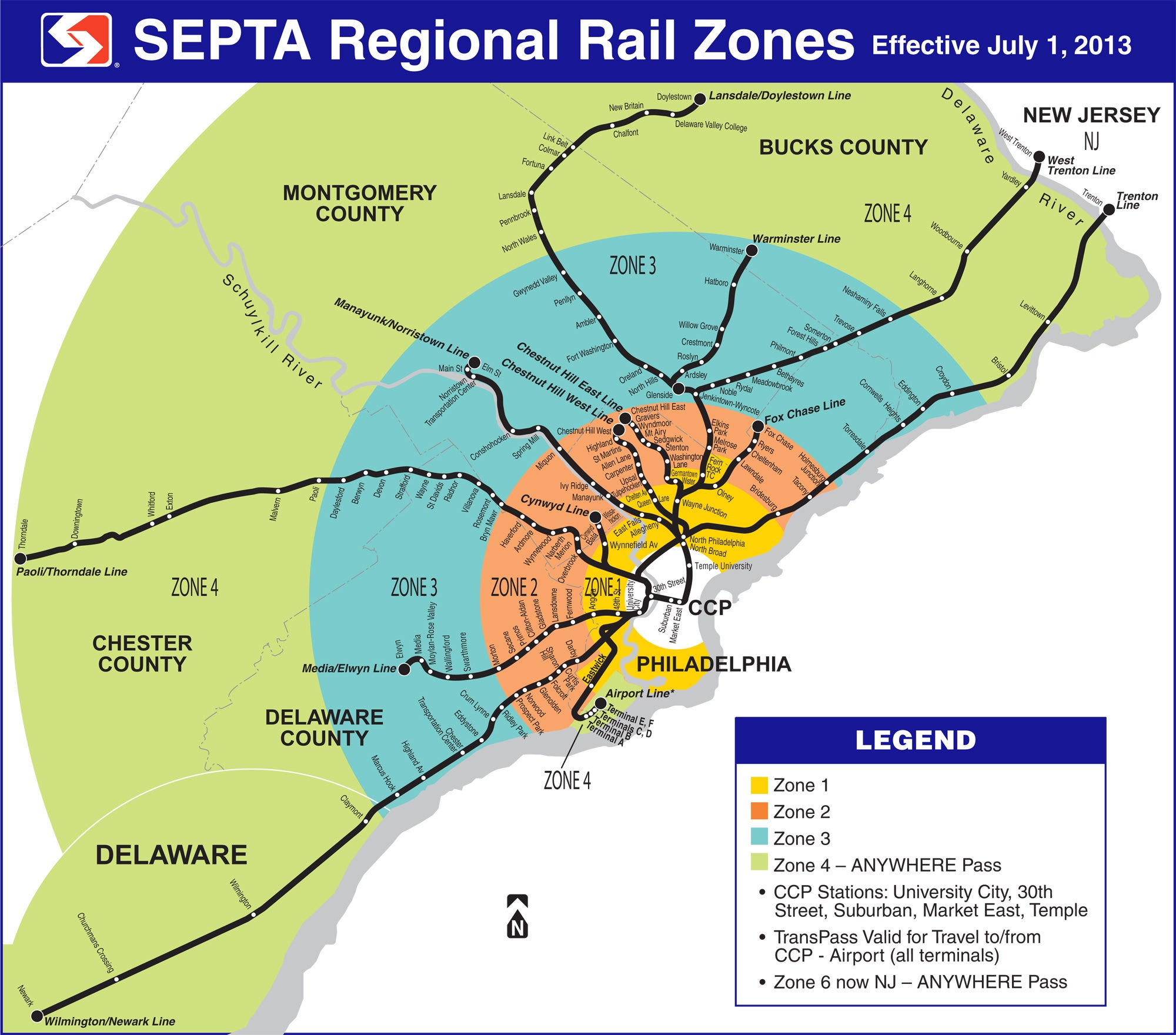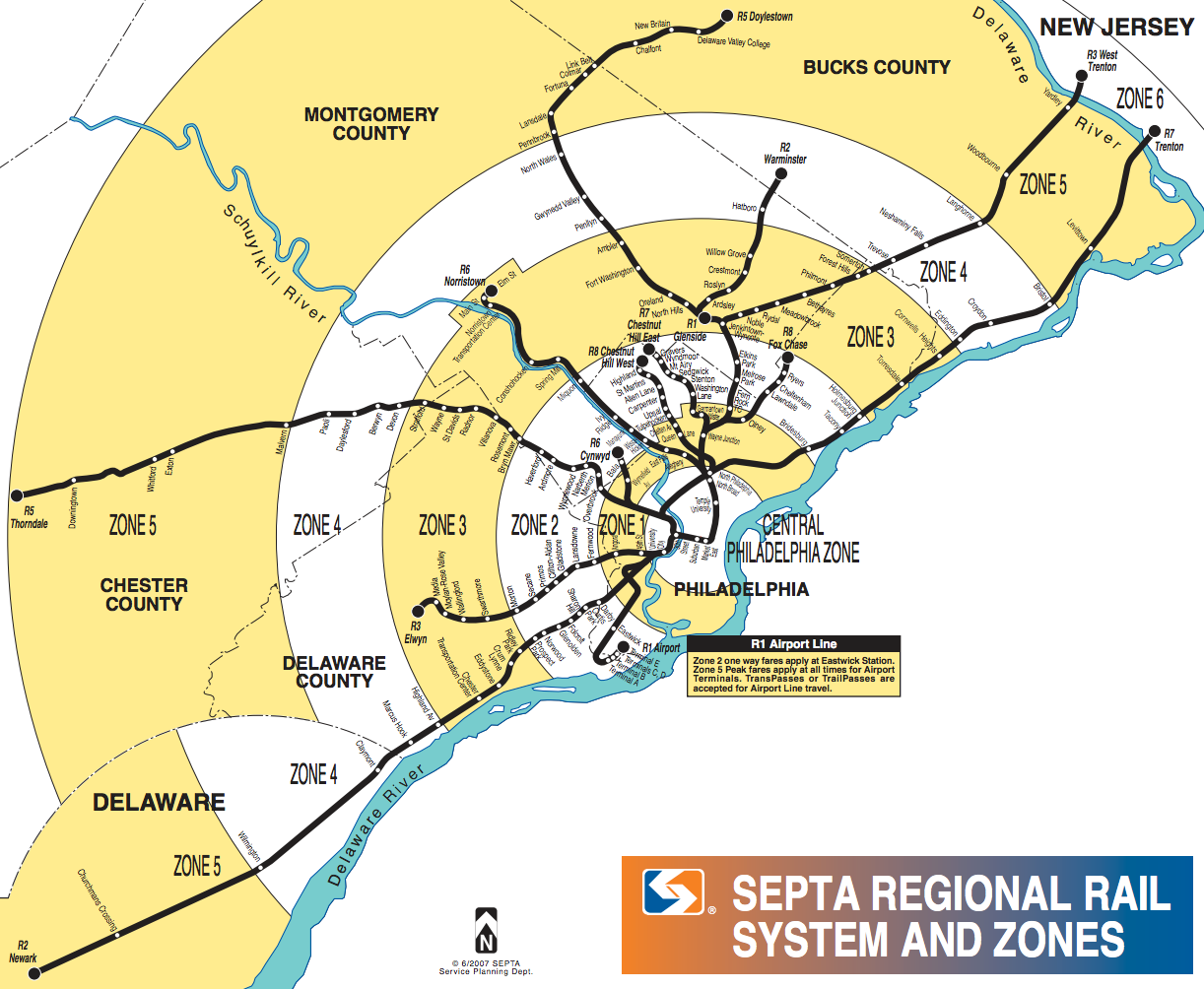SEPTA answers initial fare hike, smartcard questions
The echoing ripples around SEPTA’s announcement of its upcoming fare hike have begun. As people realize they will be paying more and that all of this ties into the transition from tokens to smartcards, rider concerns are bound to start resonating. This week SEPTA began answering some of those initial questions.
By the beginning of 2014, SEPTA hopes to have its transition to New Payment Technology (NPT) under way. NPT will trade the system’s tokens in for smartcards. These computer chip equipped cards will be like plastic credit or debit cards that riders will be able to add value to. SEPTA riders will simply tap the card on a card reader and the fare will be deducted.
All of this is being done to simplify the system for riders, said SEPTA General Manager Joseph Casey. But, he admitted, with change will come confusion.
The fare hike, rounds one and two
In 2007 SEPTA committed to adjusting its fares every three years. The authority adjusted its prices that year, again in 2010 and is now getting ready to do so in 2013.
On July 1, 2013 the new fares will go into effect. The base cash fare will increase from $2 to $2.25. Tokens now $1.55 will be $1.80. The cost of the weekly city transit TransPass, valid on city buses, subways and trolleys, will increase from $22 to $24.50, and monthly TransPasses, now $83, will become $92.
As part of its efforts to simplify things – at least in the long run – SEPTA will consolidate its five regional rail zones into four. The cost of weekly and monthly TrailPasses, valid on the regional rail network, will increase by zone. Monthly TrailPasses will increase by $8 to $15. Some passengers will see a slightly higher cost increase because of the zone consolidation.
The city transit TransPass will no longer be valid for weekday travel on regional rail but will still be valid for weekend regional rail travel. This could impact airport workers who currently use the TransPass to commute to work on the Airport Line. SEPTA officials say they are working with the airport to reduce or eliminate the impact this could have on airport employees.
Monthly and weekly TrailPasses, regardless of their zone designation, will be valid for travel to and from the airport at no extra charge. Passengers will still be able to use TrailPasses for travel between Center City regional rail stations as well.
On July 1, 2014, the base cash fare for city buses, subways and trolleys will increase again to $2.50 to help cover the cost of the NPT. All weekly and monthly pass rates and the discounted $1.80 rate will remain the same.
What will a regional rail ride look like?
For riders coming into the city with a smartcard, they will tap the card on a reader at the station they depart from. When they arrive at one of the five Center City stations, they will tap their card on another reader. This reader will be attached to a subway-style entrance/exit gate, and only when they tap their card on the gate will they be able to exit.
On the return trip, a regional rail rider leaving Center City will tap his or her card on the subway style gate to enter. When the rider arrives at a station outside of Center City, he or she will tap the card on a reader at that station and be charged depending on the station’s zone.
Regional rail passengers will be charged for travel in both directions. For regional rail travel, as with subway, bus and trolley travel, value can be added to smartcards at vending machines throughout the system, online, in person or at some third-party locations.
Though the regional rail zones will change, this will not change where or how passengers board a given train.
How will NPT change subway, bus and trolley travel?
Under NPT, to get into the subway passengers will have to reload their reusable, chip-based smartcard or purchase one of the temporary, magnetic strip cards. This will be done at vending machines located in each station. Subway riders will no longer be able to purchase any fare option from subway station attendants.
To pay for a ride on the buses and trolleys, passengers will be able to tap their smartcard on a card reader attached to the fare box. On buses and trolleys passengers will still be able to pay with cash, but they will pay $2.50 for a single ride as of July 1, 2014.
As it is with tokens beginning July 1, 2013, the discounted fare for passengers using a smartcard will be $1.80. Though the cash fare will increase from $2.25 to $2.50 on July 1, 2014, this discounted rate will not increase, and those using smartcards will save even more money, .70 cents per ride.
Paper transfers will be done away with, so passengers paying with cash or purchasing the magnetic cards on subways, busses or trolleys will have to pay the full fare for each of leg of the trip. For those using a smartcard, transfers will remain $1.
Can passengers pay with a smartphone?
SEPTA is the last transit authority in the country that uses tokens, but when NPT begins, it will be the first transit authority to use an “open fare” system. This open fare system means passengers will be able to pay with methods other than SEPTA issued cards. Riders will also be able to use certain credit and debit cards and even cell phones if the card or device has a Near Field Communication (NFC) chip.
On cell phones the transaction will be made via the NFC chip, not an application. John McGee, Jr., SEPTA’s chief officer of new payment technologies, said using this chip provides a much more secure transaction than an app would.
Passengers will be able to use compatible cell phones and credit or debit cards as soon as the NPT system is open to the public.
SEPTA is still working with PATCO to align the systems’ two card-based payment methods. As of now, though, neither card will be valid for the other system.
Will the cards have advertisements or male/female stickers?
Last spring SEPTA agreed to eliminate the male and female stickers it puts on its monthly and weekly passes. The LGBT community and supporters lauded the move, but almost a year later, the stickers remain.
Officials say that as of July 1, 2013 the stickers will officially be removed. Because those stickers are a taxed item and part of the SEPTA operating budget, the authority has to get board approval and go through a public hearing process before it can make the change. SEPTA will incorporate removing the stickers into its fiscal year 2014 operating budget and the board approval and public review steps that includes.
SEPTA will be able to brand and design the NPT cards, and because there will be more cards in the system, McGee said there will be more opportunity for advertisements and advertising revenue.
Will anyone lose his or her job?
“No one will be laid off as a result [of NPT],” Casey said.
Job descriptions and tasks for many will be adjusted though. Employees who currently work in subway booths and sell single rides, transfers and other items, will no longer make any transactions or handle cash. These employees will begin to serve a purely customer service roll. Because the transition to NPT will likely cause confusion, SEPTA will rely on these employees to help passengers adjust to the new payment methods.
What about discounted senior citizen rides?
At the moment, the real change for senior citizens is that they will be asked to show a new state-issued ID card. Rides on city and suburban transit will still be free, and regional rail rides will still be $1 in Pennsylvania.
SEPTA is still working out the details of this because the senior citizen transit discounts are managed by the Commonwealth and funded through the Pennsylvania Lottery.
As SEPTA continues to develop and implement the NPT system, PlanPhilly will report on NPT progress and the impact the changes will have on riders.

WHYY is your source for fact-based, in-depth journalism and information. As a nonprofit organization, we rely on financial support from readers like you. Please give today.





